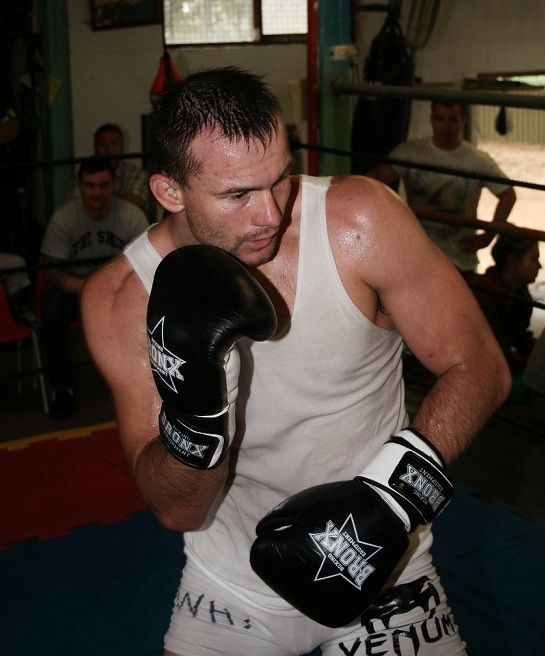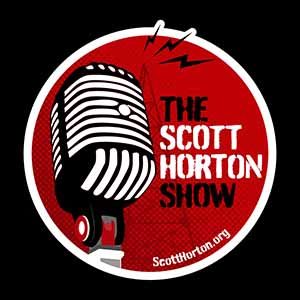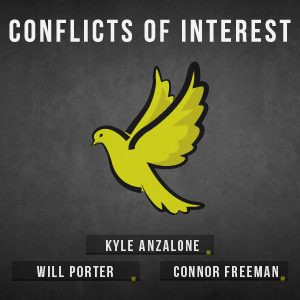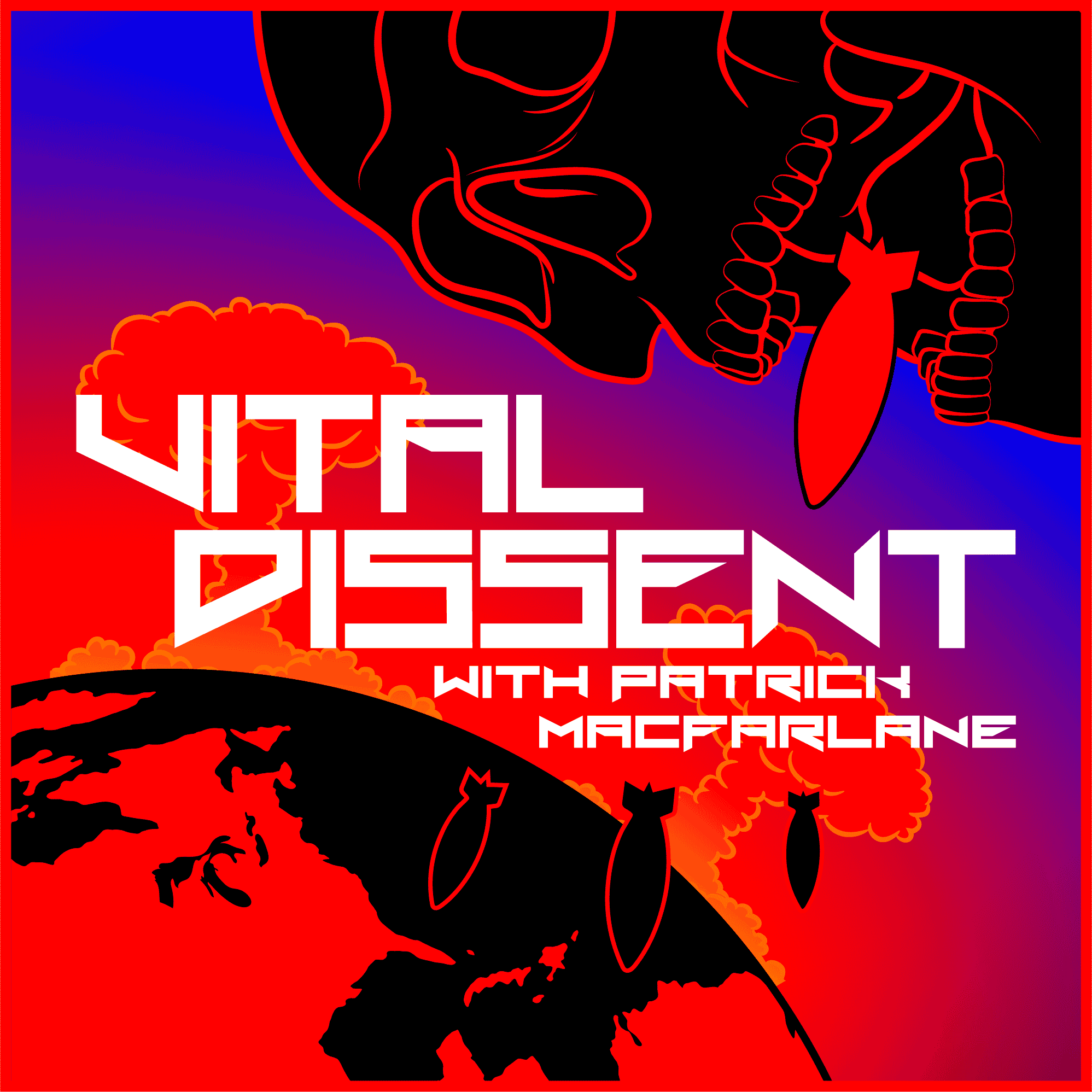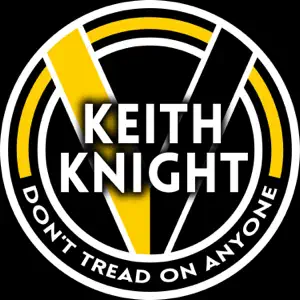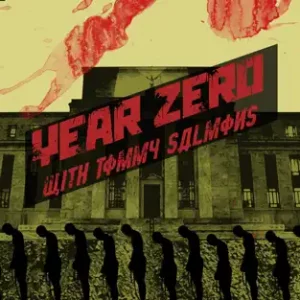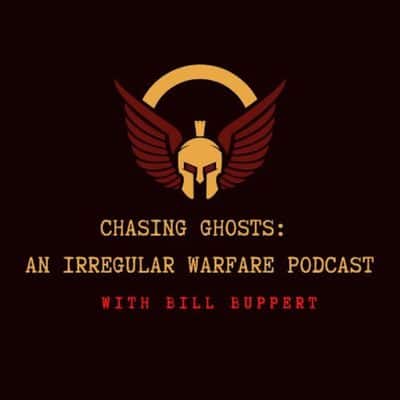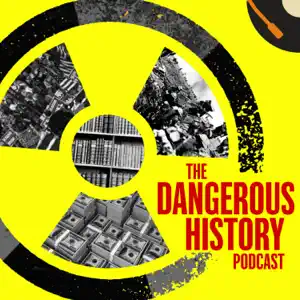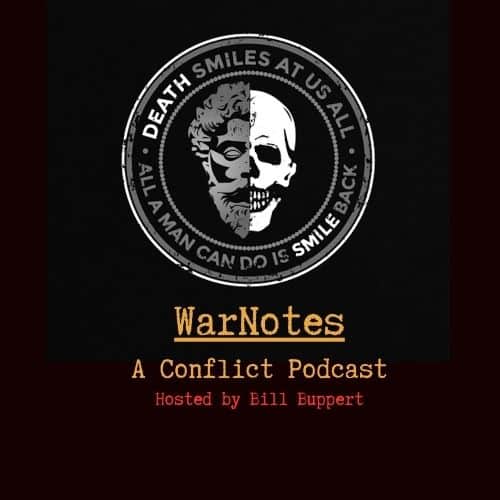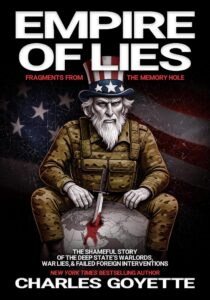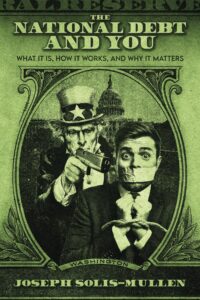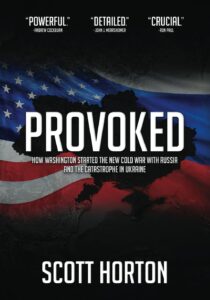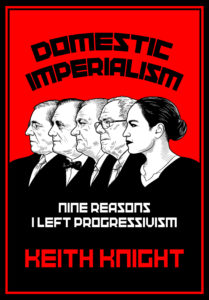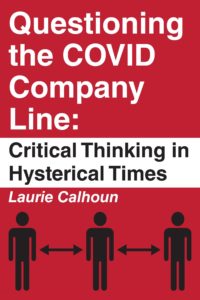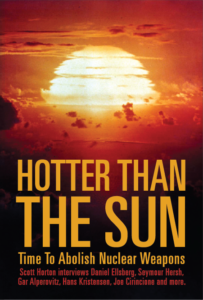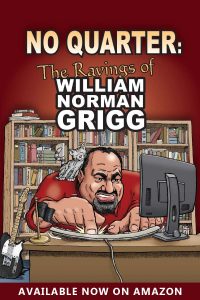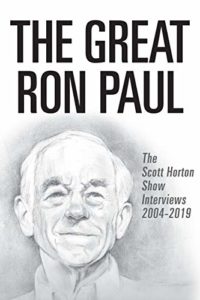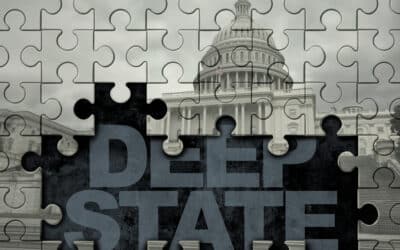When I was a kid, I was confused by the punks’ strange use of the swastika. It was in their graffiti, on their clothing, or tattooed on their bodies or faces along with spiked hair or shaved heads. The media loved the imagery of punks; disaffected youth, outcasts, and vulgar contrarians. Comical punks like in Police Academy or Zed and his gang to the anti-social bus rider in Star Trek IV stirred unease. The media told us to feel this way and many of the punks wanted it that way—which is why there was applause when Spock incapacitated the punk and his “filth spewing” boombox. It was not that the punk scene celebrated the Nazis or even state socialism like the USSR. Instead, they enjoyed the reaction that those pariah symbols invoked. Punks could be both fascist and anti-fascist. Above all else, they were anti-establishment.
In the 1970’s it was not uncommon for artists to be extreme anti-socials; the gender bender trend was more about challenging norms than it was sexual liberation. In 1970, Keith Moon dressed as Adolf Hitler and ‘Nazi’ saluted on the London stage. The band Sweet performed on TV in 1973 with a member in Hitler garb. David Bowie and Bryan Ferry referenced fascism, Hitler and the Nazis in a manner that drew the ire of media and contemporary society. Joy Division reveled in Nazi iconography. The Sex Pistols had a lyric, “Belsen was a Gas.” It was outrageous, and at times, personal. Michael Jackson was accused of antisemitism with his 1995 single, “They Don’t care About Us,” and his lyric, “Jew me, sue me, everybody do me.” Critics then and after not appreciate the implication, and Jackson was hardly a punk.
Outcasts like the Hells Angels, spotlighted in the writings of Hunter S. Thompson, wore Nazi militaria as a uniform of muck and filth. To be unwashed and unruly defied the established cult of things. Whether they believed it or not, their fashion was a statement, an anti-fashion. The leather men in the homosexual underground would don Nazi paraphernalia in clubs and bath houses; swastikas and Nazi-sploitation in the pre-AIDS scene rejected orthodox sexuality and relationships. Then came the Punk rockers: anti-war, anti-nuclear, and anti-capitalist, each with their own anti-establishment bent of wearing Nazi gear or flashing the credentials of anti-emblems as an anti-credential. Vivian Westwood employed a form of fashion activism by using religious and pariah emblems to shock and outrage, not as an endorsement but as a means.
The artist formally known as Kanye West, now known as Ye, has recently unleashed on the world his latest single, “Heil Hitler.” It’s invoked revulsion and added to the evidence of his past statements that he is a Nazi. But being on the receiving end of these accusations is precisely the point of his song, which is part protest and part statement that goes back to the 1970s. Ye has, from what I can judge, always been a troll. It had served him well and garnered him attention through controversy. Whether much of it has been by design or on impulse (perhaps both), it does not matter. It’s served to make him successful, famous, and wealthy.
We have as much right to ignore Ye and his music as we do to listen. Symbolically, his latest song is an expression against the gatekeepers and the mob who decide what is allowed. It’s a middle finger for 2025.
Punk as a genre and culture is varied. From within, you will find Nazis and communists, along with variations of anarchists, supremacists, and individualists. It was fundamentally anti-establishment. In Nazi Germany, a punk would not proudly display the Swastika. But in postwar Europe, such an emblem gets the reaction the punks wanted. It simply said, fuck you! But today those two words lack the sting of emotive protest like “Heil Hitler.”
World War II has come to define how the West mythologises history and values, especially in the United States. Analogy clings to it’s memory in politics. It was, we are told, the good war. Now, more than in the past, it’s taboo to criticize Winston Churchill or the atomic bombings of cities. We live in a world where censorship is subtle as it is prolific. Some words, images, thoughts are too dangerous, even for a ‘free’ society.
I believe it’s a mistake for listeners, and likely non-listeners who see the title and decide preemptively, that it’s an endorsement of Adolf Hitler and his political program. The complex mess of statements made by Ye in the past can certainly make you think he is a Nazi acolyte, while at other times they’re easy to understand as purposefully inflammatory. I see his “Heil Hitler” as the provacative equivalent to a black power salute at the 1968 Olympics.
Some art is safe and commercial, inoffensive. But other artists want to push the boundaries of their medium with violence, sexual pornography, and emotional word usage and imagery. That is the point: feel something, anything. Art is more than a wallpaper. Whatever Ye made you feel, is probably right. Whether it was his intention or not, those feelings are real. That is art. And, it is punk. There was a time when we understood those things.



